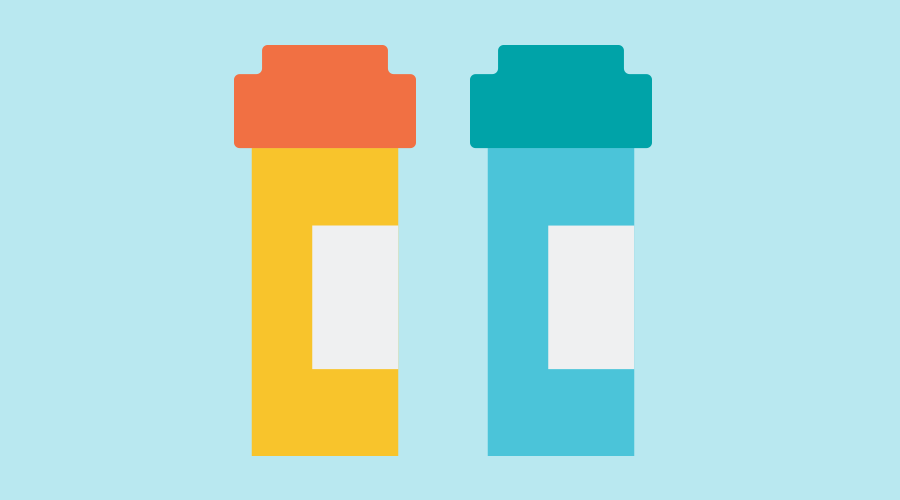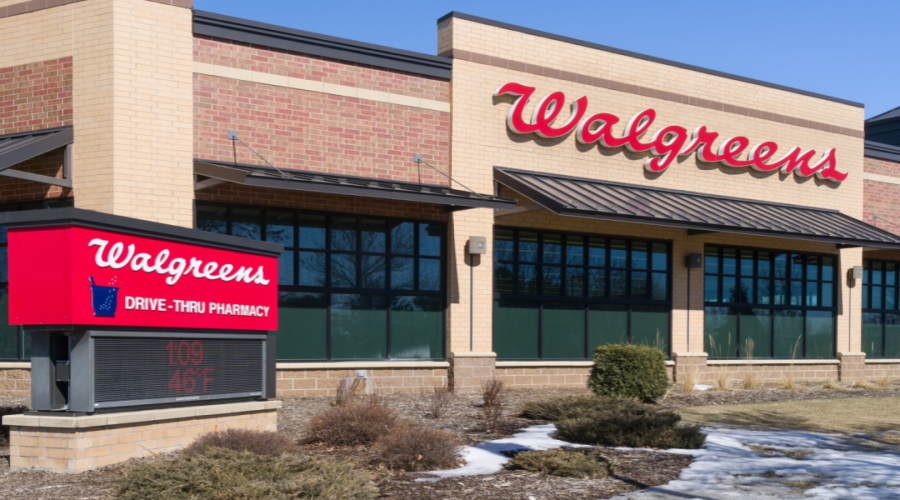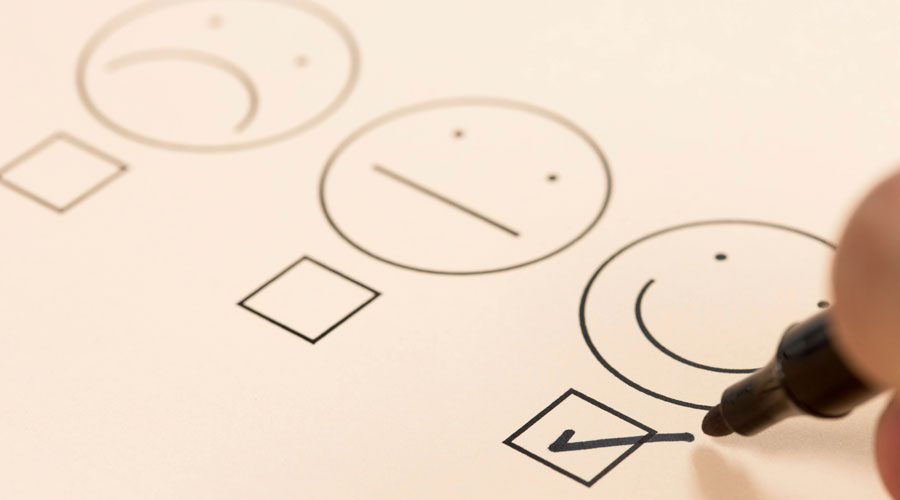Inside: Prescription abandonment is bad for patients and for your business. Help patients manage costs to encourage them to pick up their prescriptions.
What do you do when patients bring or call in their prescriptions but never pick them up?
“Prescription abandonment is a significant challenge for pharmacies and the health system overall,” said Craig Burton, Vice President of Policy at the Association for Accessible Medicines (AAM).
When patients abandon their prescriptions, they leave behind an essential element to their health. “[Prescription abandonment] is a key part of the challenge of medication non-adherence, which can lead to higher long-term costs,” Burton said. “These are due to health complications that may have been avoided through proper use of medicines.”
Abandoned prescriptions create problems for your business, too. You waste time and effort returning prescriptions to stock. And they can cause inventory control headaches leading to potential overstocks, fewer inventory turns, and lost money in the case you can’t return medications to the wholesaler.
Reducing the problem
While patients abandon prescriptions for many reasons, pharmacists can help by looking at costs.
“The first step in this is working with patients to help them understand options to lower the price of a prescription, including by identifying if a lower-cost generic alternative is available,” Burton said.
Researchers have found that patients who were prescribed higher-priced brand drugs were two to three times more likely to abandon their prescriptions than those prescribed a generic. “This is a direct result of the higher cost to the patient to fill a brand drug prescription,” Burton said.
Looking at the numbers
Ninety-three percent of generic copays are filled at under $20 compared to about 40 percent of brand copays, according to the 2018 Generic Drug Access & Savings Report commissioned by the AAM and produced by the IQVIA based on independent findings. The average copay for a generic drug is $6.06, while brand drugs have an average copay of more than $40.
“Affordable, accessible generics matter to patients who may otherwise have to choose between paying for their medicines and other necessities,” Burton said.
Ultimately, it comes down to helping the patient. “Prescription medicines can’t help the patient who doesn’t take them,” Burton said. “As a trusted voice for patients, pharmacies can play an important role in reducing prescription abandonment and improving patient health.”
By the Numbers
8.1 percent – Abandonment of generics
21.3 percent – Abandonment of brands
Source: 2018 Generic Drug Access & Savings Report, Association for Accessible Medicines
Want more pharmacy business tips and advice? Sign up for our e-newsletter.












